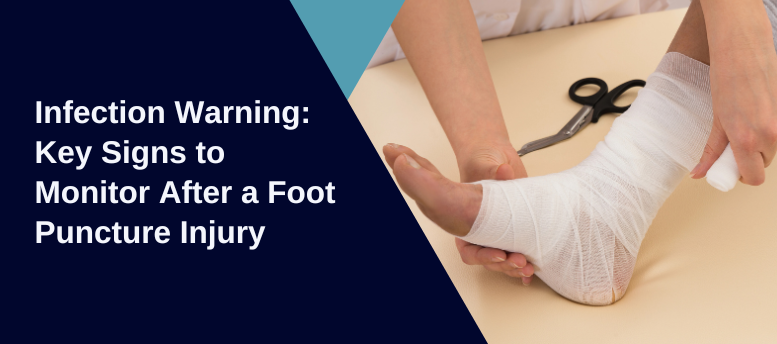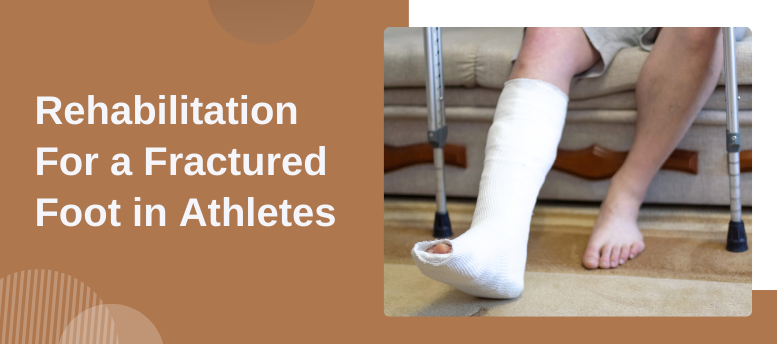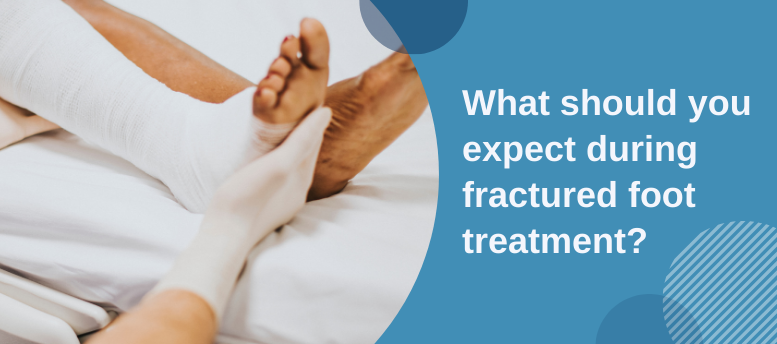Gout. Yeah, you’ve heard the word before. Maybe from your grandpa complaining about it, or some medical drama on TV. If you’re lucky, you’ve never dealt with it yourself. But for those who aren’t so fortunate, gout can show up like a rude guest at a party—suddenly and out of nowhere, especially in the big toe. Yep, the big toe! Kind of strange, right? That little joint is a prime spot for gout attacks because it’s just begging for crystal buildup. If you’ve ever woken up with your toe screaming at you, thinking, “What’s going on with my foot?”- don’t worry, we’ve got answers.
Let’s talk about gout: what causes it, what it feels like, and when you need to stop toughing it out and seek care from an emergency podiatrist.
What Is Gout Anyway?
In a nutshell, gout is a form of arthritis that happens when there’s too much uric acid in your blood. The body produces uric acid when it breaks down purines – found in stuff like red meat, seafood, and yes, alcohol (sorry, beer lovers). When uric acid levels skyrocket, tiny, needle-like crystals form in your joints. Painful? You bet.
Usually, gout likes to make its grand entrance in your big toe (fancy word: podagra), but it can hit other spots too, like your knees, ankles, wrists—really, it’s not picky. If you don’t deal with it, these attacks can cause long-term damage and even joint deformity. No one wants that.
What Are the Signs of Gout?
Gout doesn’t send you a friendly heads-up before it shows up. Nope, it hits fast and hard. You might go to bed feeling totally fine, then bam—wake up in agony. What should you look out for?
- Intense Joint Pain – When we say intense, we mean intense. It usually starts as a dull ache, but before you know it, it’s a sharp, throbbing pain, typically in the big toe. And it’s not just a little ouch—the weight of a blanket can make you want to scream.
- Swelling and Redness – The joint will swell, probably look red or even purple, and feel warm. Sometimes, it’ll look shiny, like it’s stretched to its limits.
- Stiffness – Moving the affected joint? Not gonna happen. The stiffness and swelling make walking or even standing painful, so expect to be off your feet.
- Lingering Pain – Even after the worst of it fades, don’t expect relief right away. That joint might feel sore for days or weeks, making daily life a bit tricky—especially if the attack hits your foot or ankle.
What Causes Gout?
We know uric acid’s the villain, but what’s triggering it? Several things can contribute to high uric acid levels, making you a target for gout.
- Your Diet – Foods like red meat, liver, seafood (think shellfish), and beer are high in purines. More purines mean more uric acid. So, that fancy surf and turf dinner? Could be a gout trigger waiting to happen.
- Weight – Being overweight doesn’t just put stress on your joints—it also makes it harder for your body to flush out uric acid. The more weight, the higher the risk.
- Health Conditions – Diabetes, kidney disease, heart disease, and high blood pressure? These conditions can make it tough for your body to clear uric acid, putting you at higher risk for gout.
- Medications – Diuretics and immunosuppressants can also raise uric acid levels. Something to keep in mind if you’re on these meds.
- Family History – Got a family member with gout? Unfortunately, it can run in the family, increasing your chances.
When Should You Go to Urgent Care?
So, when do you tough it out, and when do you head to urgent care? Good question. Mild attacks might settle with rest and home remedies, but severe cases? You’re gonna want professional help. Here’s when to go:
- The Pain Is Unbearable – If over-the-counter meds aren’t cutting it and the pain is still sky-high, urgent care can provide stronger options to ease the pain.
- Signs of Infection – If the joint is hot, swollen, and you’ve got a fever, you might have an infection in addition to gout. Get that checked out ASAP.
- Multiple Joints Involved – If more than one joint is under attack, it’s time for an evaluation. Urgent care can get you the right treatment before it gets worse.
- Frequent Attacks – If gout keeps crashing your party, you might need long-term treatment to keep those uric acid levels in check.
What Treatment Can You Expect?
Urgent care for gout treatment can be a lifesaver when gout gets out of control. Here’s what they might do:
- NSAIDs – Ibuprofen or naproxen can help reduce the swelling and pain. These are often the go-to during an attack.
- Corticosteroids – If NSAIDs aren’t cutting it, you might get steroids—either as a pill or injection—to bring down inflammation fast.
- Colchicine – This medicine targets gout inflammation. It’s not for immediate pain relief, but it helps reduce crystal buildup over time.
- Long-Term Meds – For frequent flare-ups, you may need daily medication like allopurinol to lower your uric acid levels.
How Can You Avoid Gout in the Future?
You can’t always prevent gout, but some lifestyle changes can make a difference.
- Eat Right – A low-purine diet can help. Focus on veggies, fruits, whole grains, and cut back on red meat and alcohol.
- Lose Weight – If you’re carrying extra pounds, shedding them can lower your uric acid levels and take pressure off your joints.
- Know Your Triggers – Certain foods, drinks, or meds might trigger your gout. Find out what they are and avoid them like the plague.
Final Thoughts
Gout’s a pain, literally. But with the right treatment, it doesn’t have to mess up your life. If you’re suffering or having frequent flare-ups, get yourself to see an urgent care podiatrist. Don’t let gout win – take charge, get treated, and keep living your life. When in doubt? Play it safe and see a doctor. Trust us, your future self will thank you.




